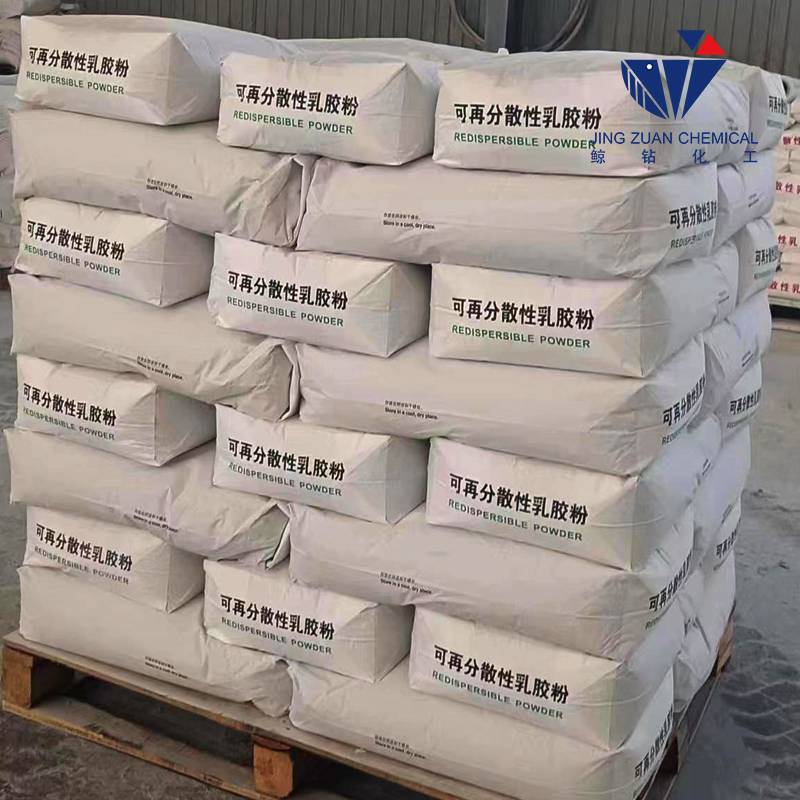
Ago . 12, 2024 16:32 Back to list
Market Trends and Cost Analysis of Hydroxyethyl Cellulose for Various Applications
Hydroxyethyl Cellulose Price An Overview
Hydroxyethyl cellulose (HEC) is a non-ionic cellulose ether that is widely used in various industries due to its unique properties, such as water retention, thickening, and film-forming capabilities. It is derived from cellulose, a natural polymer that constitutes the primary structural component of plant cell walls. The applications of HEC span across sectors including construction, cosmetics, pharmaceuticals, and food processing. Understanding the pricing dynamics of hydroxyethyl cellulose is crucial for manufacturers, suppliers, and consumers alike.
Factors Influencing Hydroxyethyl Cellulose Prices
Several factors influence the pricing of hydroxyethyl cellulose. One of the primary determinants is the raw material cost. HEC is synthesized from cellulose, typically sourced from wood or cotton. Fluctuations in the availability and price of these raw materials can have a direct impact on HEC pricing. For instance, any disruptions in the supply chain, whether due to climatic factors, geopolitical issues, or changes in demand for wood pulp, can lead to increased costs.
Another significant factor affecting HEC prices is the manufacturing process. The production of hydroxyethyl cellulose involves complex chemical reactions and requires advanced technology. As such, any changes in production costs, whether from increased energy prices, labor costs, or the necessity for more stringent environmental regulations, can subsequently affect the final pricing of HEC.
Market demand also plays a key role in determining HEC prices. The demand for hydroxyethyl cellulose has been on the rise, particularly in the construction industry where it is used in products such as tile adhesives, mortar, and plaster. Additionally, the growing demand for eco-friendly and sustainable products in personal care and cosmetic applications has led to an increase in HEC utilization in those sectors. As demand increases, manufacturers may adjust their pricing strategies to maximize profitability.
Regional Pricing Variations
hydroxy ethyl cellulose price

Hydroxyethyl cellulose prices can also vary by region. For instance, areas with a strong manufacturing base for HEC, such as North America, Europe, and parts of Asia, may have more stable pricing due to established supply chains. In contrast, regions that rely heavily on imports for hydroxyethyl cellulose may experience higher prices due to shipping costs, tariffs, and other import duties.
Moreover, regional market dynamics, including competition among local producers and the presence of substitutes, can lead to price fluctuations. In emerging markets, where demand is rapidly increasing, prices may be more volatile as local industries scale up production capabilities to meet growing consumer needs.
Trends and Future Outlook
Looking ahead, the future pricing landscape for hydroxyethyl cellulose is likely to be influenced by various trends. The global push towards sustainability and eco-friendly products is expected to drive demand for HEC, particularly in natural and organic formulations. This trend may lead to increased production efforts and innovations in manufacturing processes, potentially stabilizing prices in the long run.
Moreover, advancements in technology that improve efficiency in HEC production can also contribute to more competitive pricing. As manufacturers adopt more sustainable practices, they may be able to lower costs, benefiting consumers and fostering wider usage.
In conclusion, the price of hydroxyethyl cellulose is influenced by a multitude of factors, including raw material costs, manufacturing expenses, demand variations, and regional market conditions. Stakeholders in the industry should keep a close watch on these dynamics to better navigate the complexities of pricing and supply in the ever-evolving market for hydroxyethyl cellulose. As global trends shift towards sustainability and innovation, the market for HEC seems poised for growth, making it an area of interest for both investors and consumers.
-
Unlocking the Benefits of HPMC Products: A Gateway to Versatile Applications
NewsAug.07,2025
-
Tile Bonding Cellulose: The Key to Superior Adhesion and Durability
NewsAug.07,2025
-
Hydroxypropyl Methylcellulose Powder: The Versatile Component in Modern Pharmaceuticals
NewsAug.07,2025
-
Hydroxyethyl Cellulose: The Versatile Solution for Various Industries
NewsAug.07,2025
-
Hydroxyethyl Cellulose (HEC): The Versatile Polymer for Various Applications
NewsAug.07,2025
-
The Ultimate Guide to Mortar Bonding Agent
NewsAug.06,2025







